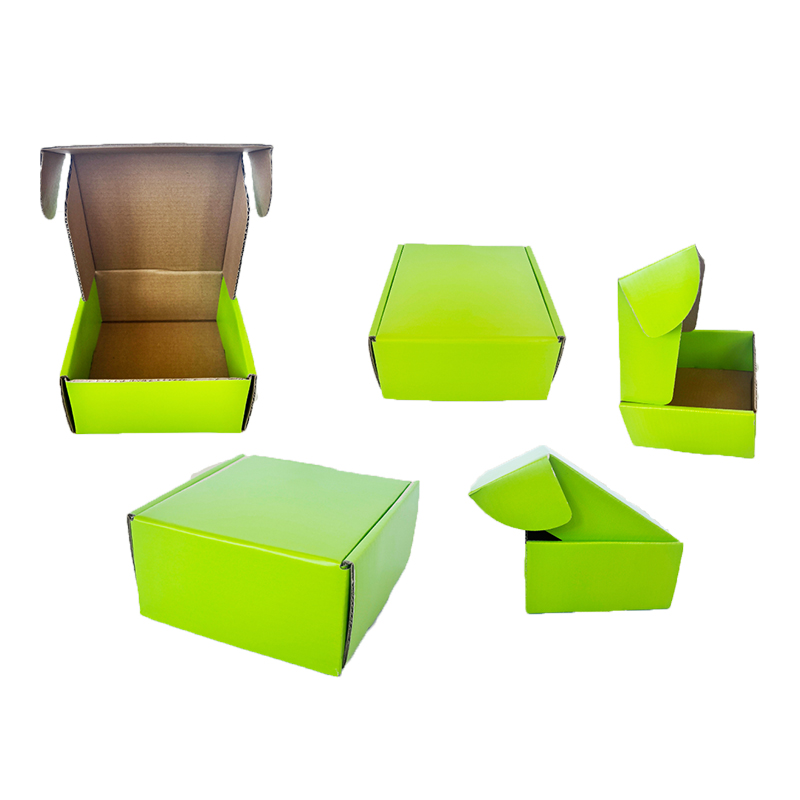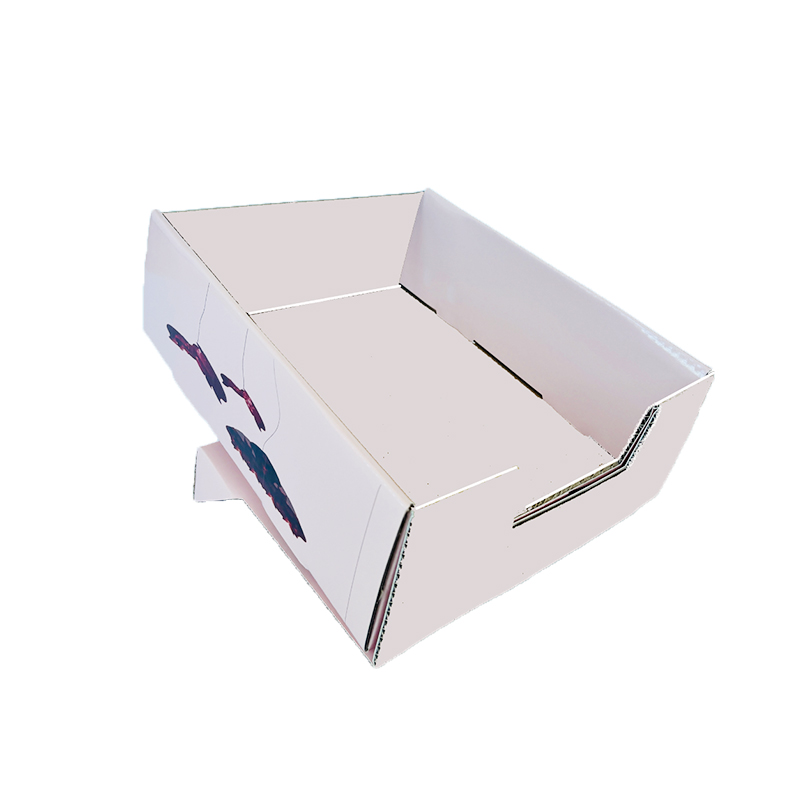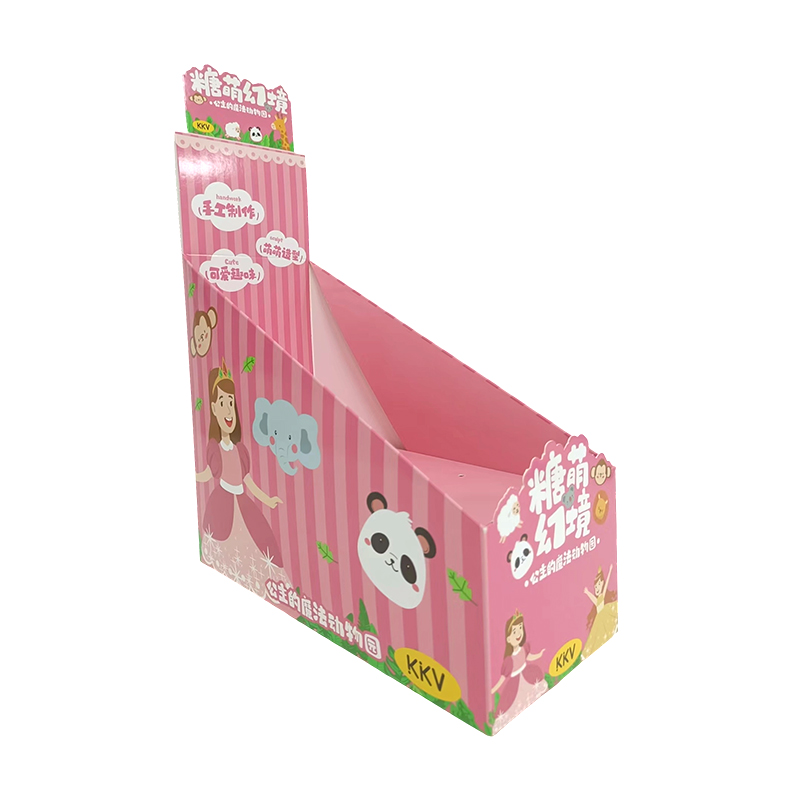In the highly competitive retail landscape, the effectiveness of **PDQ Display Boxes China Manufacturers** hinges on manufacturing precision. A PDQ box, or “Product Displayed Quickly” unit, must not only execute flawless brand messaging but also function perfectly within the client's automated supply chain. Inaccurate die-cutting leads to delays on packaging lines and structural failure at the retail level. At Suzhou New Century Color Printing Co., Ltd., we specialize in large-scale paper color printing and corrugated boxes, guided by a continuous quality policy of "full participation and full process control," backed by ISO 9000, ISO 14000, and GMI certifications.
The Engineering of Die-Cut Precision
Die-cut precision is a fundamental technical requirement for flat-packed retail packaging, ensuring easy assembly and structural integrity.
Defining Die-Cut Tolerance and Its Impact
Die-cut tolerance refers to the permissible deviation from the specified dimensional measurements of the box blank. This precision is measured against established **Die-cut tolerance standards** for retail packaging. The standard tolerance for most corrugated PDQ components is typically kept within $\pm 1.0\ mm, but leading manufacturers often strive for tighter, internal specifications of $\pm 0.5\ mm. Excessive tolerance deviation directly causes failure during the auto-assembly stage, where components may not interlock correctly, leading to rejection rates.
The Material Factor: Corrugated vs. Folding Carton
The choice of substrate fundamentally affects the achievable **Corrugated PDQ display box** die-cut precision. Corrugated board, due to its multi-layered flute structure, is more susceptible to crush, warp, and variation than solid folding carton stock. Manufacturers must employ rotary or flatbed die-cutting methods appropriate for the material's thickness and flute profile to minimize edge crushing and maintain clean scores and folds.
Comparison of Tolerance Variation by Material Type (Typical Target Precision):
| Material Type |
Standard Tolerance Target |
Primary Precision Challenge |
| Folding Carton (Solid) |
$\pm 0.3\ mm |
Registration and Creasing Integrity |
| Corrugated Board (Fluted) |
$\pm 0.5$ to $\pm 1.0\ mm |
Flute Crush and Caliper Variation |
Consistency for Automated Systems
In high-volume international supply chains, batch consistency is the measure of a manufacturer's process maturity.
Ensuring **Automatic packaging line compatibility** PDQ
For large-scale retail brands, the PDQ box is loaded and sealed on high-speed automated lines. **Automatic packaging line compatibility** PDQ requires that the box blank's dimensions (length, width, squareness) remain absolutely consistent across every piece. Even minor variances (e.g., $1\ mm of warp or bowing) can cause jamming in robotic feeders and gluing stations, leading to expensive downtime. Consistent scoring depth is also necessary to ensure smooth, uniform folding during the automated setup.
Scalability and Batch-to-Batch Reliability
Maintaining precision is particularly challenging in **High-volume PDQ display boxes** manufacturing. The die itself experiences wear over time, requiring continuous monitoring and frequent maintenance or replacement to prevent widening tolerances. Experienced **PDQ Display Boxes China Manufacturers** implement a tool maintenance schedule proportional to production volume, ensuring that the last batch of a million units meets the same strict precision standards as the first.
Quality Control and Compliance
A comprehensive QC system is the only way to guarantee the technical specifications required for global procurement.
Full Process Control and Inspection
Our company employs a "full process control" approach, where **Quality control process PDQ display boxes** involves checkpoints at every stage: pre-press color proofing, printing registration checks, lamination adhesion testing, and critical dimensional measurement immediately post-die-cutting. Final inspection ensures that the folding, gluing, and stacking strength are all within tolerance, preventing retail failures before shipment.
Certification and Vendor Vetting
Certifications are crucial proof points for B2B buyers. Our ISO 9000 (Quality Management) and ISO 14000 (Environmental Management) certifications, along with GMI certification, demonstrate a commitment to standardized quality and ethical production. We also hold an export general commodity packaging container quality license, assuring international buyers of our capability to produce reliable packaging for global distribution.
Conclusion
Selecting reliable **PDQ Display Boxes China Manufacturers** demands a focus on quantifiable precision. Success in the global retail supply chain relies on manufacturers who can guarantee tight **Die-cut tolerance standards** for retail packaging, ensuring **Automatic packaging line compatibility** PDQ and structural integrity. Through advanced equipment and a dedicated quality policy of "continuous improvement and strive for eternal customer satisfaction," Suzhou New Century Color Printing Co., Ltd. continues to build lasting cooperative relationships based on integrity, pragmatism, and common development.
Frequently Asked Questions (FAQ)
- What is the most critical tolerance to monitor for **Automatic packaging line compatibility** PDQ boxes? The most critical tolerance is the squareness of the box blank and the dimensioning of the locking tabs or assembly points. Even minor deviations here can prevent robotic insertion and cause jams on high-speed automated packaging lines, halting production.
- How does the flute profile of a **Corrugated PDQ display box** die-cut precision affect stacking strength? Thicker flutes (e.g., A or C) generally offer higher vertical compression strength (stacking strength) but are more difficult to die-cut cleanly, often requiring larger scoring widths which can reduce the accuracy of the fold. E-flute offers better print surface and die-cut precision but has lower inherent stacking strength.
- What is the purpose of GMI certification when sourcing **PDQ Display Boxes China Manufacturers**? GMI (Graphic Measures International) certification verifies that a manufacturer's color management, printing, and prepress processes adhere to strict international brand standards. It assures the B2B buyer that brand colors, image resolution, and print quality will be consistent across all production runs, which is crucial for brand image in the retail environment.
- What is the typical acceptable tolerance range for $mm die-cut precision in **High-volume PDQ display boxes** manufacturing? For high-volume, critical-function PDQ boxes, the acceptable tolerance range for key interlocking components is often $\pm 0.5\ mm. While overall dimensions may allow $\pm 1.0\ mm, the functional parts must be tighter to guarantee tool-free assembly at the retail point-of-sale.
- What is the most important step in the **Quality control process PDQ display boxes** that prevents retail failure? The most important step is the final dimensional audit, which includes a rigorous check of the folding and gluing accuracy, and a manual test assembly of a statistically relevant sample from the batch. This ensures that the box's structural integrity (stacking strength and locking mechanisms) works as designed under the required load.


 Français
Français Español
Español عربى
عربى



